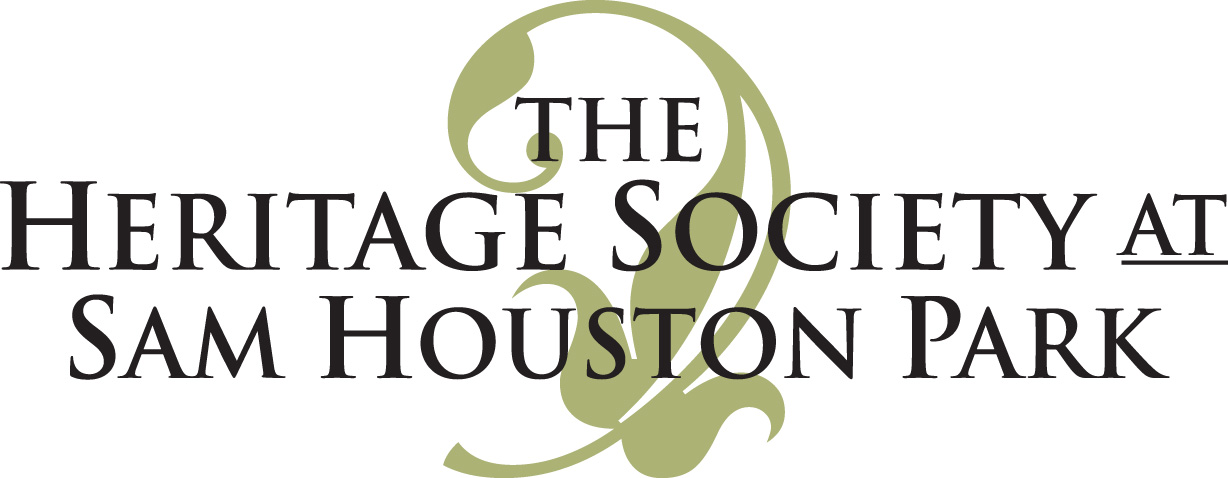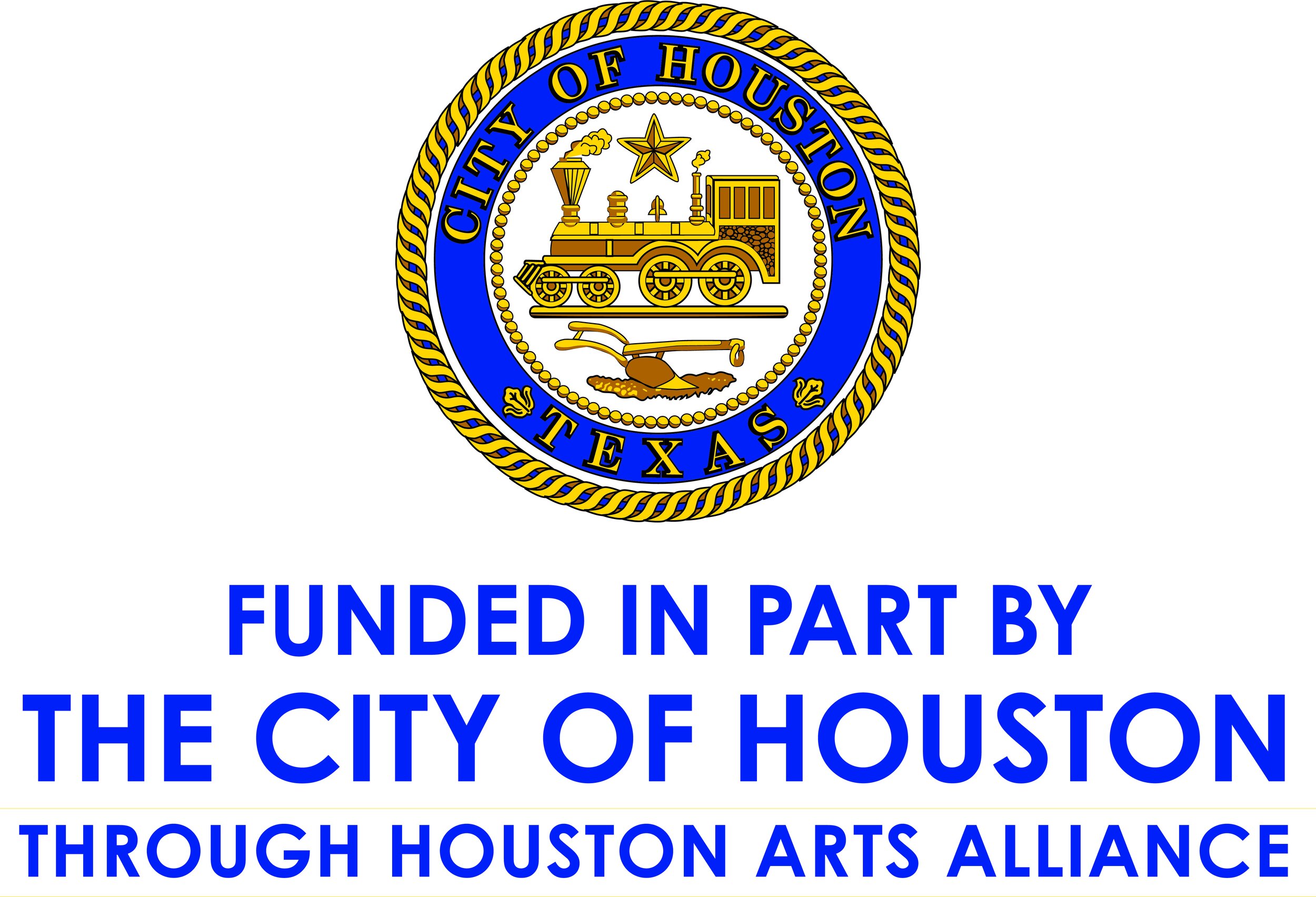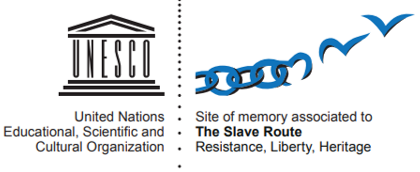Let the spirits move you
Casper, Mother Theresa, and your dear departed Aunt Mildred want a word with you…
Halloween, All Saints Day, and All Souls Day are three traditional holidays that invite the living to honor the dead. Houston's Hispanic population also holds Dia de los Muertos parties after Halloween. Commonly known as Day of the Dead, this traditional holiday can be traced back to Mexican indigenous groups living 3,000 years ago.
Halloween has emerged as a one of the most popular traditional, American holidays as trick-or-treaters beg for Halloween candy donning their scary Halloween costumes. While more than 171 million Americans are expected to spend $8.4 billion on the frightful festivities in 2016, it is valuable to remember the importance of the other two festivals of the dead as well.
After all, belief in the afterlife has been a foundation of faith since the dawn of man.
Tomb it may concern
On November 1, 1886, streetcars filled with Houstonians traveled back and forth on Washington Avenue to Glenwood Cemetery. Why would tombs in this graveyard prompt 4,000 persons to spend their day at this peaceful spot?
These soul survivors were celebrating All Saints Day by visiting the graveyard and decorating the tombs of their deceased family members, while also enjoying a picnic in the cemetery's park-like setting.
As the final resting places of so many of our dear departed souls, cemeteries are the perfect places to commune with the dead. And Houston is particularly rich in historic cemeteries.
Glenwood Cemetery was incorporated in 1871 as a rural cemetery patterned after famous cemeteries in Cambridge, MA and Brooklyn, NY. Here one can stroll the winding paths under a canopy of majestic trees and view both the infamous and famous graves of so many men and women who left an indelible mark on our city.
This graveyard is home to famous graves including Baker, Clayton, Hughes, Allen, Staub, Hobby, Bering, Kinkaid, Pillot, Staiti, Brown, Sterling, Masterson, Hofheinz, Looscan, and thousands more souls.
Cherished graveyards
Then there’s Beth Israel, the oldest Jewish cemetery in Texas. Established in 1844, the graveyard actually preceded Beth Israel’s first synagogue, which was not built until 1859.
Members of the congregation actually drew numbers from a hat to select the earliest cemetery plots in this graveyard, which sold for $25.
Farther down West Dallas, College Park Cemetery -- one of Houston’s oldest African-American graveyard -- was founded in 1896. This cemetery took its name from Houston Central College for Negroes, located across the street from 1894 to 1921.
A freed slave and pastor of Antioch Baptist Church, Jack Yates was instrumental in the formation of the cemetery, which was near Fourth Ward’s Freedmantown, where many former slaves had lived.
Rev. Yates, whose restored residence in Sam Houston Park is available for public viewing thanks to The Heritage Society, has a grave site here along with other leaders of the black community, Buffalo soldiers, veterans of World War I and World War II, and participants in the 1917 Camp Logan riot.
So this year, while pint-sized ghouls and goblins run riot in your neighborhood, carve time to remember and revere those immortal saints and souls buried in Houston's cemeteries who came before you.
Houston – where great spirits prevail.
©The Heritage Society 2016. Houston's urban and rural cemeteries are more than sacred ground for dearly departed souls. Houston's historic graveyards also serve future generations with historical and genealogical records. With Respect: Preserving Historic Cemeteries is an award-winning video including recognition from the Texas Historical Commission, the National DAR and the National Trust.
Explore Your Heritage
Enter your email address below to make sure you receive emails from The Heritage Society conveying our latest news, announcements of special events and celebrations, limited-time discounts, and more.
Don’t neglect your Heritage; sign up today!









